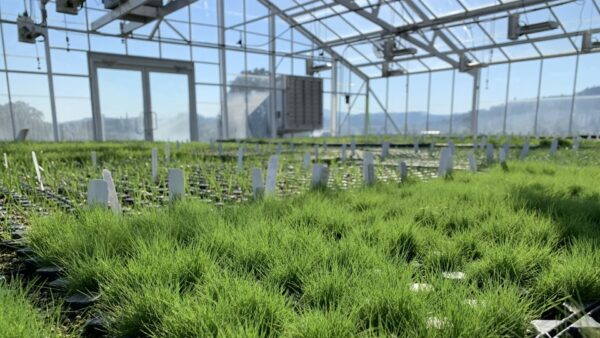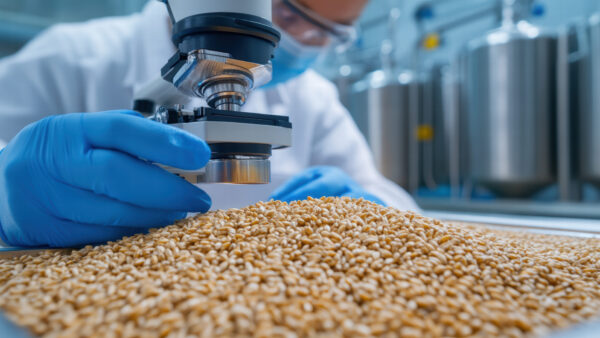Plant breeders on average spend between 12 to 15% of their turnover back into research and development, which is considerably higher than many other industry sectors. Just to give you some figures for comparison, Bloomberg data from 2015 stated that telecom companies reinvest 1.4% of their revenue into R&D, automotive companies 4%, aerospace and defense companies also 4%, computing and electronics companies 6.9% and healthcare companies 11.1%. And just for comparison, a high-tech company such as Apple is reinvesting ‘only’ 10% in R&D and Facebook a mere 4%. So, with 15%, and in some seed companies even higher percentages, the plant breeding industry is a highly innovative sector. This very specific aspect of the seed sector should not be underestimated.

It depends a little bit on the crop the plant breeder is working on, but on average it takes between 8 and 12 years to create a new plant variety. However, and here’s the risky part of the whole process, when plant breeders embark on this long process of creating a new variety, they don’t know yet what consumers will desire in 8-12 years from now. Consumers’ wishes change frequently and it seems more frequently than in the past. Not only does the product have to taste good, look good, be reasonably priced, but it also has to be produced sustainably. This means that preferably and if at all feasible, the crop is produced with as little crop protection products as possible, while respecting the environment in terms of soil, water and biodiversity. Adding this all up tells us that a plant breeders research and their investments are considerable, upfront and also high risk.
Plant breeding is providing enormous benefits into the agricultural chain, and to society. There have been several research papers investigating specifically this aspect. For example, Lence et allin 2009 came to the conclusion that farmers get a USD $6 benefit for each USD $1 spent on private sector research. And DTZ in 2010 took it a bit broader and found out that for each £1 invested in plant breeding there is £40 in added value across the wider economy (taking into account higher yields & input savings at farm level). And a very recent study by Noleppain 2016 showed that since 2000, for EU arable farming, genetic crop improvements generated an additional social welfare gain of 9 billion € and added over 14 billion € to the EU GDP. Plant breeding provided secure employment and an average increase of income of 7000 € which is 30% of the annual income of EU arable farmer. Oh, almost forgot, plant breeding also created an additional 70,000 jobs in the arable sector.
So, it is only fair for the plant breeding sector to ask for something in return, to keep this engine of innovation going. They would like a little return on investment, and this return on investment is often guaranteed by intellectual property rights, such as plant breeders rights and patents. Imagine you’re a plant breeder and you have created a beautiful new variety that would be a good fit for farmers in at least 20 or more countries in the same climate zone across the globe. Obviously, you would like to be able to file for plant breeders’ rights as quickly as possible in all those countries. Nothing is more frustrating than to see someone else run off with your precious new variety and reap the benefits of your hard work. Until now those plant breeders had to file for plant breeders’ rights in all the relevant countries, but there was one problem: the application forms in all those countries were different, to say the least. The data of one application form could not easily be used to fill the forms of another country. So, the result was that plant breeders often decided to only file for their plant breeders’ rights in one or very few countries. It was too cumbersome to go through the whole process for all the relevant countries. And this was not even counting the language barrier.
Until now that is. Over the past few years UPOV has developed a brilliant new system that allows plant breeders to file for those applications online, and easily re-use the data from a previous application for the same variety. This system has recently gone live, and several plant breeders have started using this new tool. And as cherry on the pie UPOV has introduced a translation tool that allows the plant breeder to file the application forms in a language they are not fluent in.
I predict that this will lead to more plant breeders filing more applications in other countries. And another piece of good news: for this year, PRISMA is free of charge. You are reading that right, it is for free!! For all you plant breeders out there: go and grab this unique opportunity!












